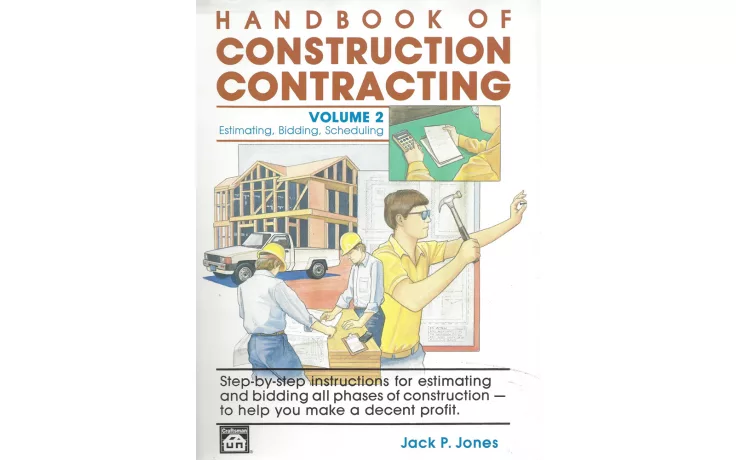What You Need to Know About Bankruptcy, Part 2: Chapter 11
As we discussed in Part I of this article series (Roofing Contractor, August 2001), Chapter 11 is referred to as the reorganization chapter and is commonly used by both contractors and owners when the intent is to continue operating their business and not close their doors entirely. It is not unheard of for an individual with significant debts to file under Chapter 11, but it is usually used for businesses.
Debtor’s Responsibilities
A debtor may file a petition for Chapter 11 Bankruptcy with only the basic information, since such a filing is usually done under pressure. The information must include a list of the 20 largest creditors complete with addresses. The debtor must pay a filing fee, usually less than $1,000. Once the petition is filed there is issued an automatic 120-day stay, during which all creditors are barred from attempting to collect any outstanding debt or file any liens on the debtor’s property. This stay provision is done to allow the debtor a little breathing room from creditors to try to organize his debts and business. Within 15 days of filing the initial petition, the debtor must file “schedules” with a full accounting of assets and liabilities.During the stay the debtor is not relieved from all responsibilities. He or she should work on increasing productivity and cash flow, as well as attempting to remedy the problem or problems that caused the initial filing. It is also wise for the debtor to attempt to salvage relationships with suppliers and subcontractors. This can be done by assuring them that the debtor intends to remain in business and use their services in the future.
While under the protection of the 120-day stay, the debtor should begin work on his disclosure statement and plan of reorganization. The disclosure statement is a financial report filed by the debtor. The report must include sufficient financial information that would allow a reasonable investor to make an informed judgment about the plan. The statement should contain as much detail as is reasonable under the circumstances. After the disclosure statement has been approved, the court will send a notice to creditors giving a minimum of 25 days notice of a confirmation hearing. Once the plan is confirmed the debtor is to follow the plan and reorganize or liquidate assets as outlined in the plan.
The debtor must file monthly reports with the bankruptcy court. These reports must contain summaries of the operations of the business, an asset/liability statement updated each month, and monthly bank account statements for the debtor.
Another important concern for the debtor is the possibility of a cash collateral hearing. If any of the creditors challenge the right of the debtor to use cash collateral and the debtor does not get permission to do so in a hearing then the debtor may be forced to close his doors all together and file for Chapter 7 Bankruptcy. The bankruptcy court will decide whether to allow the debtor to use cash collateral based on all the facts of the case as presented at the cash collateral hearing.
Creditor’s Responsibilities
Creditors will be notified about the “341 Meeting” or the meeting of creditors. In the notice of the meeting sent by the bankruptcy court, creditors will be given information regarding the meeting, as well as deadlines for filing proofs of claim. The meeting is generally held within 40 days of the initial filing of Chapter 11 bankruptcy. The hearing is not presided over by a judge but an administrator. Creditors will be allowed to ask a few questions but more detailed interrogations are not permitted and must be reserved for discovery or a hearing presided over by a judge.A creditor is not required to file a proof of claim with the bankruptcy court but it is generally considered to be a very wise idea. A standard form for proof of claim can usually be found in the bankruptcy clerk’s office. In filing such a proof of claim the creditor sets forth and substantiates his or her claim against the debtor.
It is not common for the bankruptcy court to appoint a trustee or examiner in a Chapter 11 bankruptcy proceeding. A trustee or examiner closely oversees the affairs and transactions of the debtor’s business to make sure that there is appropriate distribution of any asset and no misappropriation of funds or business assets. Some of the reasons for appointing a trustee or examiner in a Chapter 11 Bankruptcy proceeding include, but are not limited to, fraud, dishonesty and gross incompetence of the debtor.
Most creditors are left wondering what to do when a debtor files for Chapter 11. Due to the automatic 120-day stay provision, creditors are prohibited from perfecting a lien against the debtor. Many jurisdictions allow a creditor to file a proof of claim with the bankruptcy court within the 120 period instead of a lawsuit to perfect a lien.
The information contained in this article should not be construed or relied upon as legal advice. Consult and attorney in your area regarding the information contained in this article. There are other important bankruptcy rules and regulations under Chapter 11. It is important to seek the advice of experienced bankruptcy counsel before undertaking this action. Next month, we will discuss the rules and effects of Chapter 13.
Looking for a reprint of this article?
From high-res PDFs to custom plaques, order your copy today!





